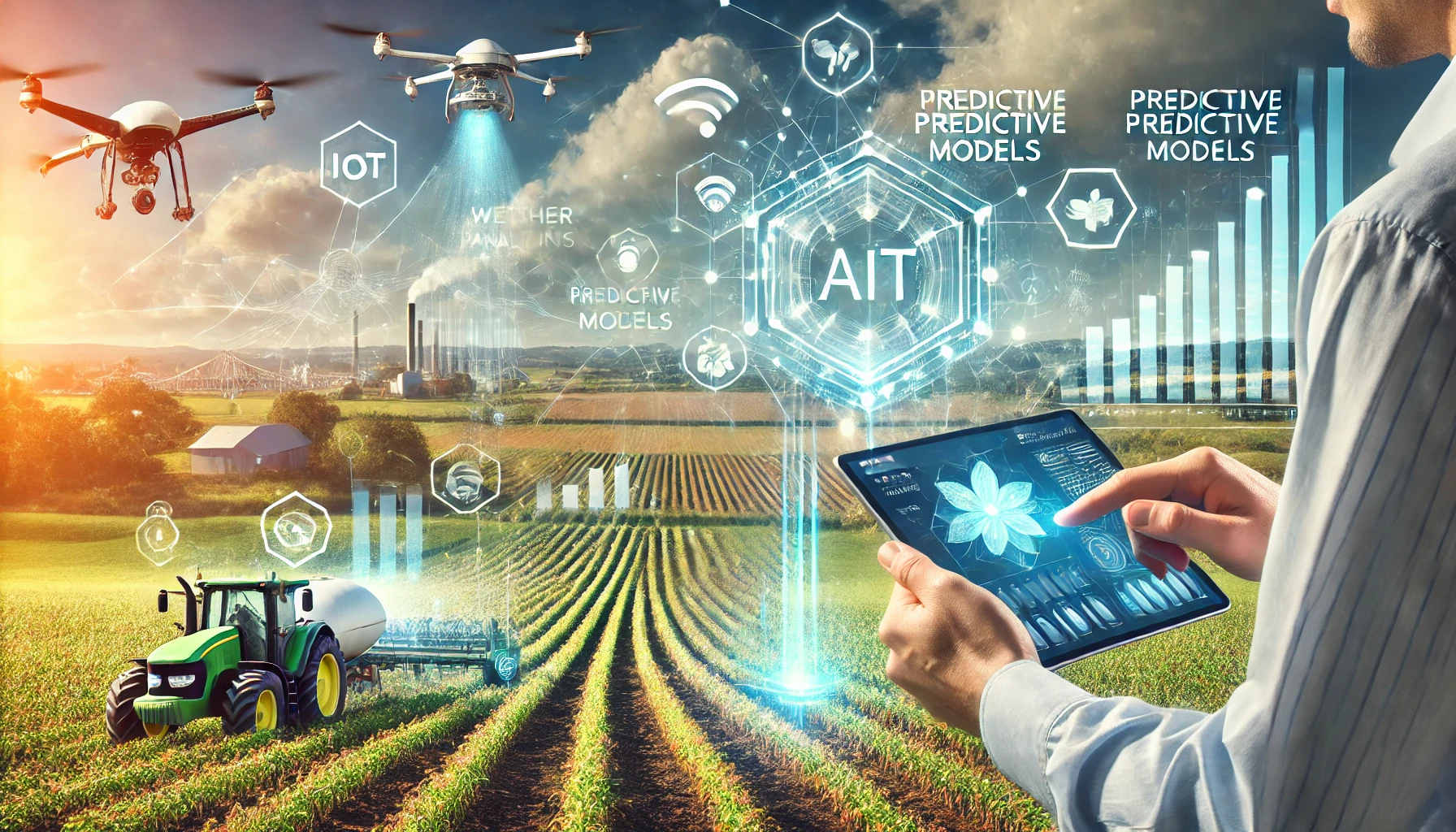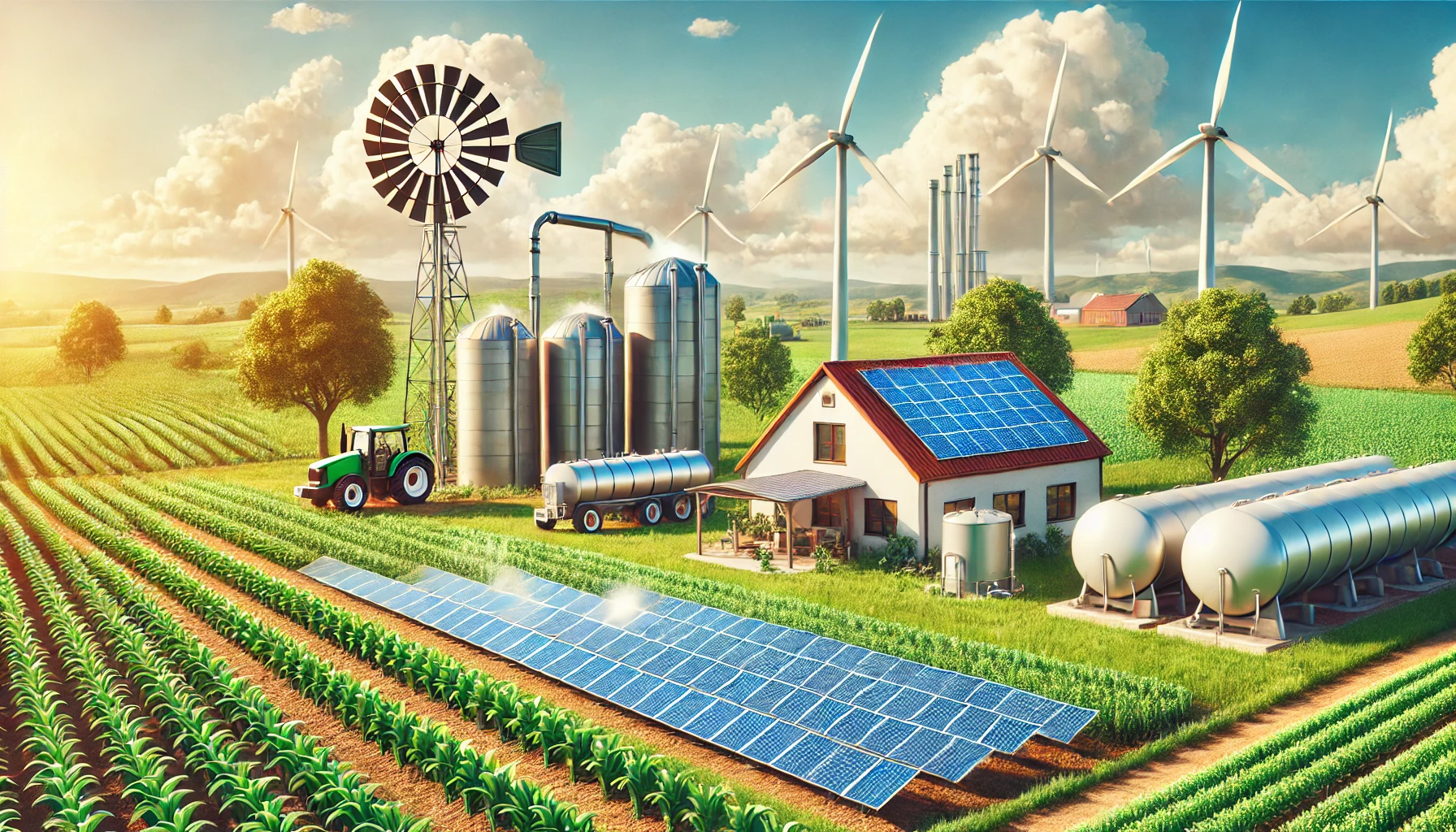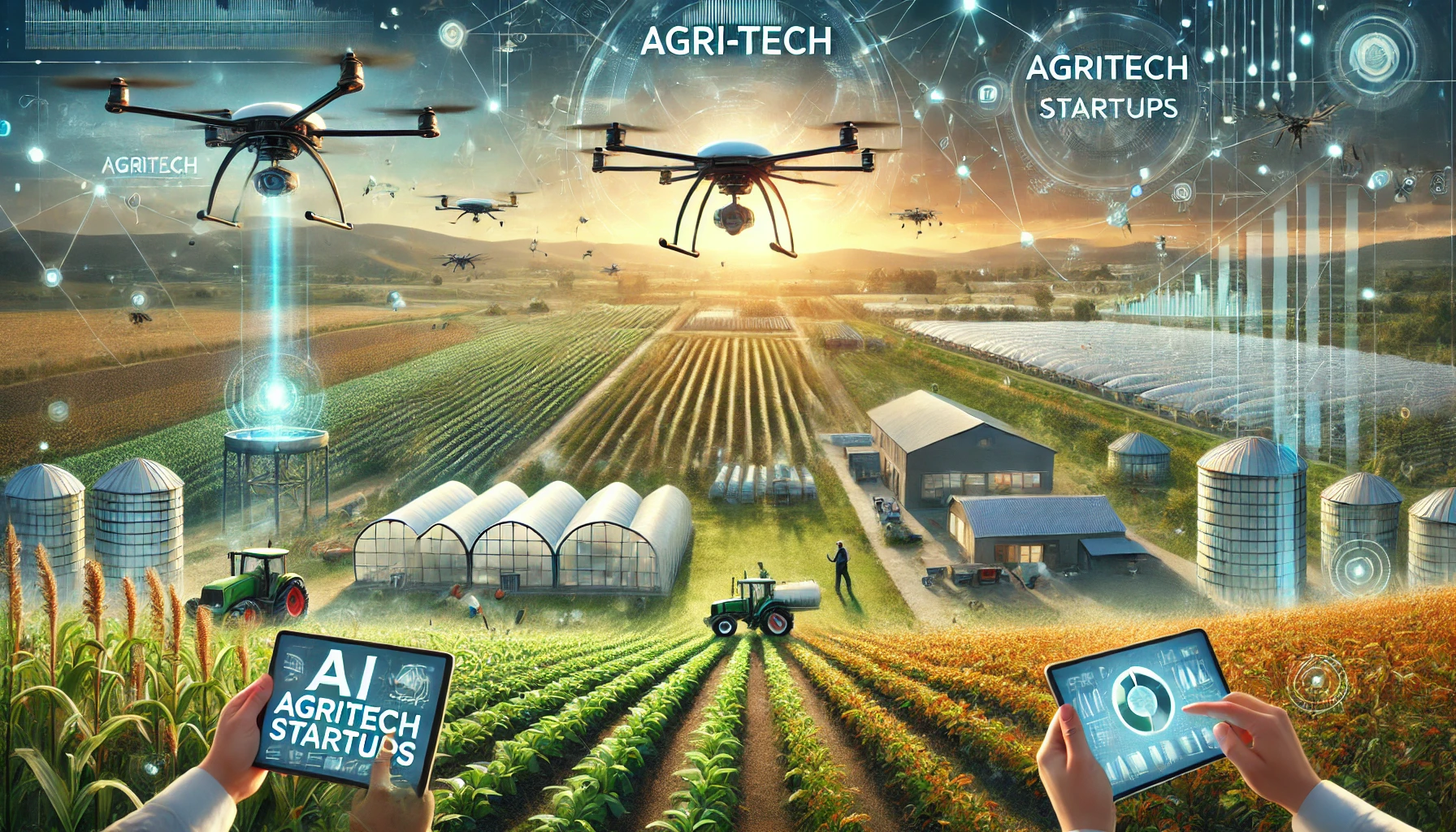Artificial Intelligence (AI) is transforming agriculture at every level, offering tools to make farming more efficient, sustainable, and affordable. At Blooming Crescent, we view AI not as a futuristic luxury, but as a present-day necessity to meet global food demands while regenerating our land and communities.
How AI Enhances Agriculture
AI applications in agriculture include real-time crop monitoring, predictive weather and soil analytics, autonomous farm machinery, and early disease detection. Using machine learning models trained on years of agricultural data, farmers can make decisions that maximize yield while minimizing inputs like water, fertilizer, and energy.
For instance, AI-powered computer vision systems mounted on drones or stationary cameras can scan crops and detect pests, stress, or nutrient deficiencies long before the human eye can. AI-driven analytics can then recommend targeted responses, saving entire fields from ruin and reducing reliance on harmful chemicals.
Our Implementation Strategy
At Blooming Crescent, we’re building modular AI systems integrated with renewable-powered vertical farms. These systems include:
- Sensor Networks: Real-time monitoring of temperature, humidity, CO2, and light levels to optimize plant health.
- AI Crop Models: Machine learning models that predict growth patterns and dynamically adjust nutrient and water delivery.
- Computer Vision: Identifying disease or growth anomalies in real time to trigger automated interventions.
- Open-Source Interfaces: Empowering farmers and communities to customize, contribute, and scale the tech for local needs.
These components work together to form an adaptive, closed-loop farming environment that learns over time.
Cost Reduction Examples
AI doesn’t just improve outcomes; it cuts costs significantly:
- Labor Efficiency: Automated monitoring and alerts reduce the need for manual inspection by 60%.
- Resource Optimization: Smart irrigation and nutrient dosing reduce water and fertilizer use by 30-50%.
- Crop Loss Prevention: Early detection of disease and pests prevents up to 40% of yield losses.
- Modular Design: Smaller farms can adopt only the components they need, lowering the barrier to entry.
By deploying these systems in underserved rural and urban areas, we aim to democratize access to advanced agriculture and help communities grow more with less.
Looking Ahead
AI is not replacing farmers—it’s empowering them with superhuman insight and foresight. With continued collaboration, training, and open innovation, Blooming Crescent is cultivating a future where agriculture is smarter, greener, and more equitable for all.




